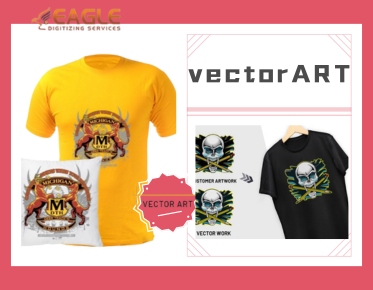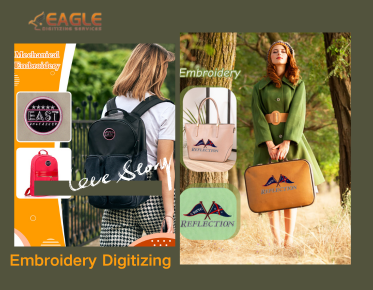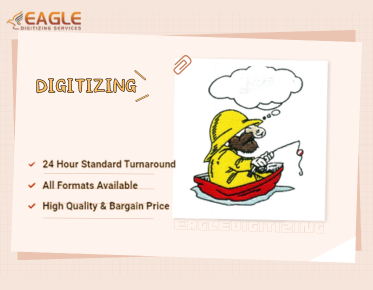Vectorizing Text: How to Turn Text Into Vector
In the world of digital design, vectorizing text is a crucial skill that transforms static text into dynamic, scalable graphics. This process is essential for designers who want to ensure their text remains crisp and clear at any size, whether it's on a business card or a billboard. The process of vectorizing text involves converting text into a vector graphic, which is made up of paths defined by mathematical equations rather than pixels. This allows the text to be resized without losing quality, making it ideal for various applications in graphic design.
To begin vectorizing text, one must first understand the tools and software available for this task. Programs like Adobe Illustrator and CorelDRAW are popular choices among professionals. These tools offer a range of features that make the vectorization process straightforward and efficient. By using these programs, designers can convert text into vector format by outlining the text, which transforms each character into a shape that can be manipulated individually. This step is crucial for creating custom designs and ensuring that the text can be integrated seamlessly into larger vector images.
Understanding Vector Graphics
Vector graphics are distinct from raster graphics, which are composed of pixels. While raster graphics can lose quality when resized, vector graphics maintain their clarity and sharpness. This is because vector graphics are based on mathematical formulas that define shapes, lines, and curves. This characteristic makes them ideal for logos, typography, and any design element that requires frequent resizing.
Steps to Vectorize Text
The process of vectorizing text typically involves several key steps. First, the text is selected and converted into outlines. This action transforms the text into a series of paths that can be edited individually. Once the text is outlined, designers can adjust the shapes, add effects, and combine them with other vector elements. This flexibility is one of the main advantages of using vector graphics in design projects.
Applications of Vectorized Text
Vectorized text is used in a variety of applications, from logo design to silkscreen printing. In logo design, vectorized text ensures that the logo can be scaled to any size without losing quality, which is essential for maintaining brand consistency across different media. In silkscreen printing, vectorized text allows for precise and clean prints, which is crucial for producing high-quality merchandise.
Challenges and Considerations
While vectorizing text offers many benefits, it also presents some challenges. One of the main challenges is ensuring that the text remains legible and aesthetically pleasing after conversion. Designers must pay attention to the spacing and alignment of the text to maintain its readability. Additionally, not all fonts are suitable for vectorization, so it's important to choose fonts that translate well into vector format.
Conclusion
Vectorizing text is an essential skill for any designer looking to create scalable and versatile designs. By converting text into vector format, designers can ensure that their work remains sharp and clear at any size, making it suitable for a wide range of applications. Whether you're designing a logo, creating a poster, or producing merchandise, vectorized text provides the flexibility and quality needed for professional results. Eagle Digitizing excels in delivering professional vector art services, transforming creative visions into scalable designs.



